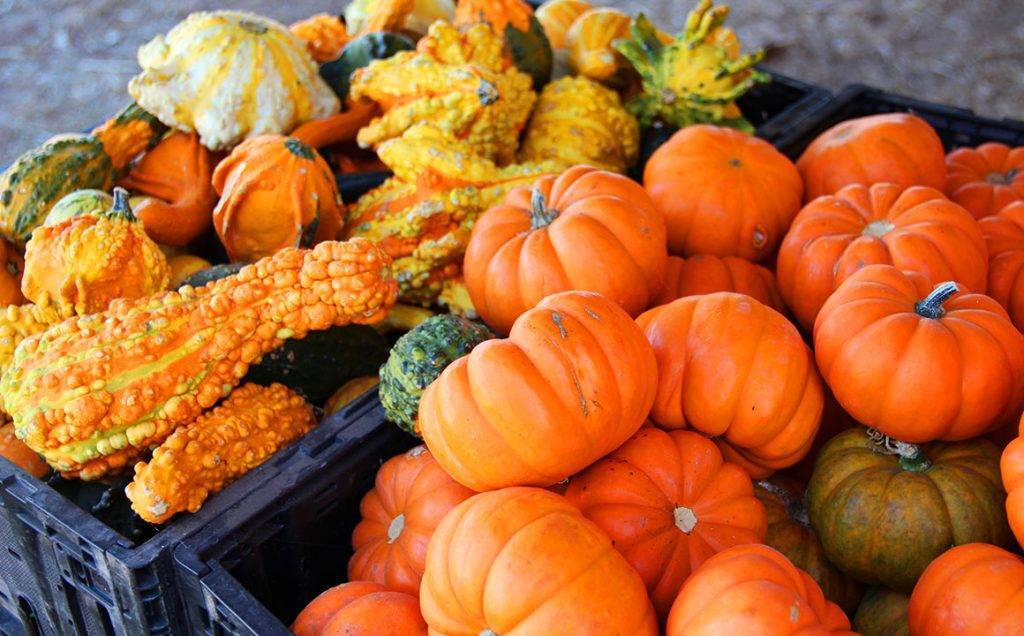Squashes are a delicious addition to any garden, especially if you’re someone who loves cooking with fresh and organic vegetables. However, they are not only incredibly useful to plant, but just as easy to grow. Whether you’re a seasoned gardener or a novice with a passion for plants, you can’t go wrong with them. So if this is a veggie that you’ve never grown on your own before, here’s all you need to know about the world of squashes.
Choosing Your Ideal Squash
Before you can even start thinking about growing your squashes, you have to make one important decision — choosing the right one. Let me be upfront, this won’t be easy. Not because these are demanding vegetables, but because there are so many options out there. Here’s a quick overview of the most popular squash variations.
Zucchini
For a beginner-friendly option, look no further than zucchini. These fast-growing plants adapt well to various climates and produce abundantly. Zucchini’s versatility in the kitchen makes it a favorite among gardeners. From pasta dishes to frittatas, zucchini shines in a range of culinary creations.
Butternut
Butternut squash is an excellent choice for novice gardeners. These plants are relatively easy to grow, and their sweet, dense flesh is incredibly versatile. Roast butternut squash for a simple side dish, create velvety soups, or incorporate it into casseroles for a comforting meal.
Pattypan
For those eager to explore specialty squashes, pattypan is a delightful option. These small, saucer-shaped squashes come in various colors and offer a mild flavor that pairs well with a variety of seasonings. Pattypan add both visual appeal and culinary diversity to your garden.
Delicata
Delicata squash, with its thin, edible skin and sweet, creamy flesh, is another specialty squash worth considering. These compact plants are suitable for smaller gardens or even container gardening. Roasting delicata squash with a sprinkle of cinnamon and brown sugar transforms it into a delectable treat.
Planting and Nurturing Squashes
Now that you’ve chosen your ideal squash type, it’s time to actually plant and grow them. And this can be a true adventure! However, it will be a fun one! If you’re still a newbie, and you’re not too sure how to do it right, there are some practical tips that can ensure a successful growing experience:
The Right Location
Select a sunny spot in your garden with well-draining soil. Squashes thrive in full sunlight, so aim for at least 6 to 8 hours of direct sun daily to encourage robust growth.
Soil Preparation
Prepare the soil by incorporating compost or well-rotted manure to enhance fertility. They thrive in nutrient-rich soil, so this step is crucial for their development.
The Seeds
Squashes can be grown from seeds or transplants, but for beginners, starting with seeds is a cost-effective choice. Plant the seeds about 1 inch deep and 3 to 4 feet apart in rows. If you’re cultivating vining ones like butternut or spaghetti squash, provide ample space for the vines to sprawl.
Watering
Consistent moisture is key to success. Keep the soil evenly moist, but avoid waterlogging, as these plants are susceptible to root rotting. Water at the base of the plant to prevent fungal issues on the leaves, which can occur if water splashes onto them.
Pest Vigilance
Keep a vigilant eye on your garden for common squash pests like aphids and bugs. Handpick these pests or utilize organic pest control like neem oil to deter them. Regular monitoring and intervention, if necessary, can safeguard your crops and promote their well-being.

